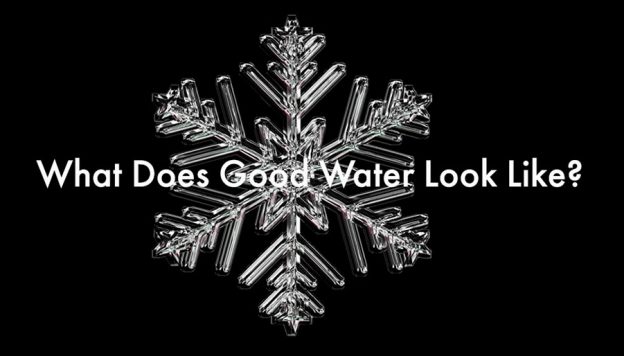In our previous note, we mentioned that water quality can be assessed through the form or image of the water.
In the 1960s, the German scientist, Theodor Schwenk, the author of Sensitive Chaos, developed a “drop picture method” for studying water.
He dripped water with different qualities into a beaker, and examined the forms created by the impact. Good water created a beautiful rosette image; less good water created less pleasant images.

Copyright © 2017 Verein für Bewegungsforschung e.V. Images are taken from the site stroemungsinstitut.de
The theory is that water naturally has flow, and good water has optimum flow. As the quality decreases, the flow is obstructed; in polluted water, there is no vortex at all. The sensitivity of the drop picture method to surface tension is even greater than that of a tensiometer.
As a result of this work, the European Union enforced stricter regulations on pollution.
This is an example of the way that water quality is reflected in physical form.
Earlier in this century, a Japanese researcher, Masaru Emoto, froze water drops to create crystals. He found that water with different qualities produced different crystalline structures, as in the diagram below.
He also found out that water can easily accept information. Providing good information, for example, by way of prayer, creates a beautiful pattern, as in the diagram below. Furthermore, the pattern of water that is not so good can improve through prayer. This may be related to the use of holy water in religion.
The adult human body is about 70 percent water. So, imagine how our daily thoughts affect the water in our body. And the things around us – friends, music, conversation, and so on – can all have an impact.
Perhaps someday there will be a simple image-creating instrument to test the water we are drinking.
These relationships between water image and water quality really support the Feng Shui idea of the relationship between Chi and form.
All Dr. Hsu talks on Feng Shui



